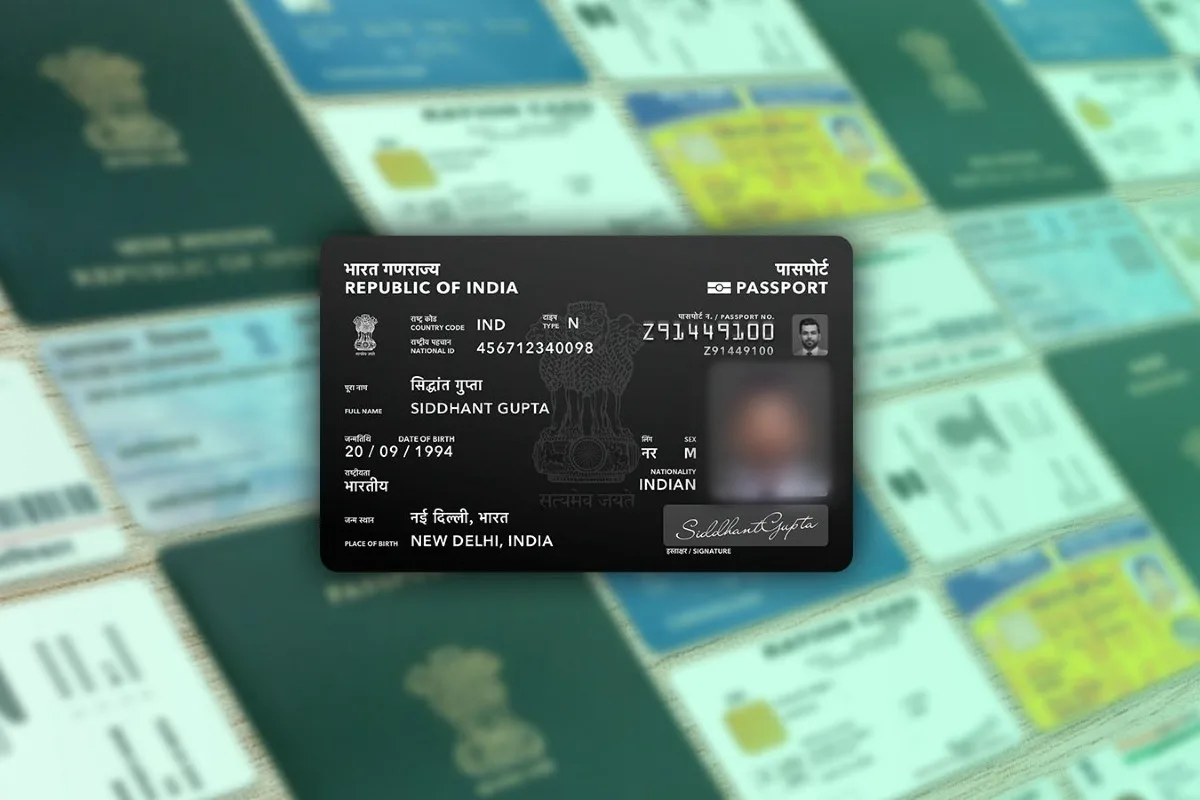Now stealing the tax will not be an easy task for the tax-evaders in the country. The Income Tax Department is continuously working on the ways to curb the tax evasion. The New ITR form will now be required to be filled for filing return in AY 2020-21, revealed the sources. The new ITR form will have the following important changes incorporated in it that will help the IT Department to extract more information from the Taxpayers.
The year 2020 began with the Income Tax Department (ITD) notifying the heavily used Income Tax Return (ITR) forms ITR-1 (Sahaj) and ITR-4 (Sugam) for the Assessment Year 2020-21(FY 2019-20). Here are the changes incorporated by the ITD that you must be aware of.
Normally the Income Tax Department releases the ITR forms in the Month of April but this time the Department has been pro-active and released two of the most commonly used forms in January itself.
Get The Best Offer on iPhone XR on Amazon
Mainly there are two forms, ITR-1 (Sahaj) is used by taxpayers having total income up to Rs 50 lakh including income from salary, one house property and/or other sources (interest etc.), and ITR-4 (Sugam) is used by small businessmen/professionals who file their returns under presumptive scheme of taxation as per Sections 44AD, 44ADA or 44AE with total income up to Rs.50 lakhs.
However, there have been some important changes in these two forms which need to be kept in mind by the taxpayer. The Department wants more information from the taxpayers and with the use of Artificial Intelligence, will be able to match the income declared with the spending done by the taxpayer.
Now Let’s look at the major changes introduced in the two forms, Please read them carefully and follow the same.
If a businessman has deposited more than Rs 1 crore in one or more current accounts, the total amount needs to be mentioned in the ITR-4 form
In the same vein, the businessman also needs to mention the opening balance of cash in hand, the opening balance of bank accounts, the total amount received in cash during the year, the total amount of cash outflow, total withdrawals from a bank account and closing balance of both cash in hand and bank accounts in the ITR-4 form. However, he/she is no longer required to provide details of unsecured loans, sundry debtors, sundry creditors, amount of closing stock, etc.
If you hold a valid Indian passport, the passport number also needs to be mentioned in ITR-1/ITR-4 even if you didn’t travel abroad during the year.
The new ITR-1 & ITR-4 Forms also seek more details of your employer including TAN (if tax is deducted), nature of employer and address of the employer. You can also add more than one employer to compute the salary income. In previous years, there was only one column to feed the salary details in these forms and thus, salary from more than one employer had to be aggregated.
Another field that has been added to the ITR-1 form is the PAN or Aadhaar details of your tenant if you have rented out a property and the details of any rent which was due but not received. The form will also ask you to submit the complete address of your house property irrespective of whether it is self-occupied, let out or deemed to be let out.
The Department had also disallowed use of ITR-1 or ITR-4 forms for taxpayers who were joint-owners in house property. However, after concerns were raised from various quarters that such taxpayers will have to file the more complex ITR-2 or ITR-3 forms, this exclusion has been rolled back.
If you have deposited more than Rs 1 crore in a bank account or have spent Rs 2 lakh on foreign travel (self or any other person) or Rs 1 lakh on electricity bills, you also can breathe easy.
Initially, such people were not also allowed to use the new ITR-1 form. But the Department has rolled back its previous stand and now, you can file your return in ITR-1 form without mentioning the above details.
However, as per the previous budget, anyone who has made these transactions will mandatorily have to file his/her income tax return i.e. there is no escaping from filing the return itself.
Now, if you have spent Rs 2 lakh or more on foreign travel, you will have to file your return mentioning the Passport details and therefore, the Department will still have information about your foreign travels even if you file the ITR-1 form. So, it should be ensured that your income reflected in the ITR matches with the spending made on foreign travels.
Final Word
The remaining ITR Forms i.e. ITR-2, ITR-3, ITR-5, ITR-6 and ITR-7 are also likely to be notified shortly. You can check your eligibility for these forms by visiting this link and selecting the Assessment Year as & when the forms are notified:
However, it is not possible to file your returns for the AY 2020-21 early as the return preparation utilities will be out only by April 2020.
It is very important to choose the correct form while filing your return of income and voluntarily disclose all the details as required in those forms. With the increasing use of emerging technologies by the Income Tax Department, small lapses may lead to big headaches if you are not careful and upfront in disclosing your income details.
About the author: Anjesh Bharatiya is a 30+ taxman by profession and a Chemical Engineer by education. He has been an investor in the stock market since age 15! He likes to write about personal finance, stock markets, government policies, taxation, philosophy and football.
Thank you for the fantastic response to the lectures on goal-based portfolio management. For those interested, this is the contents and sign-up details














